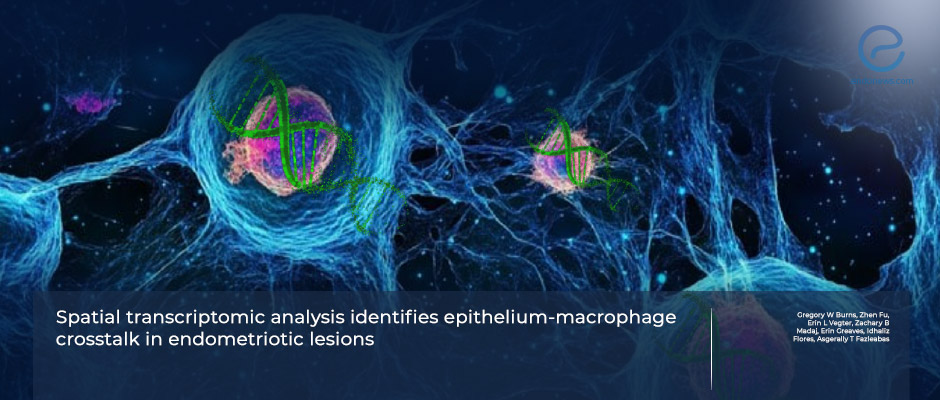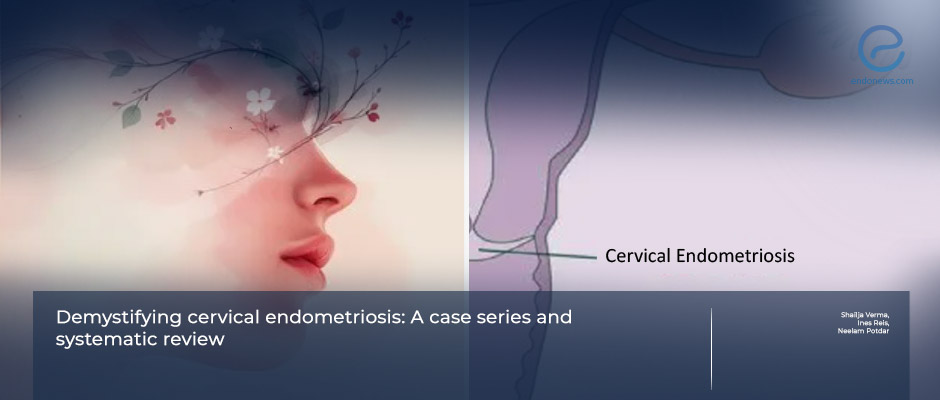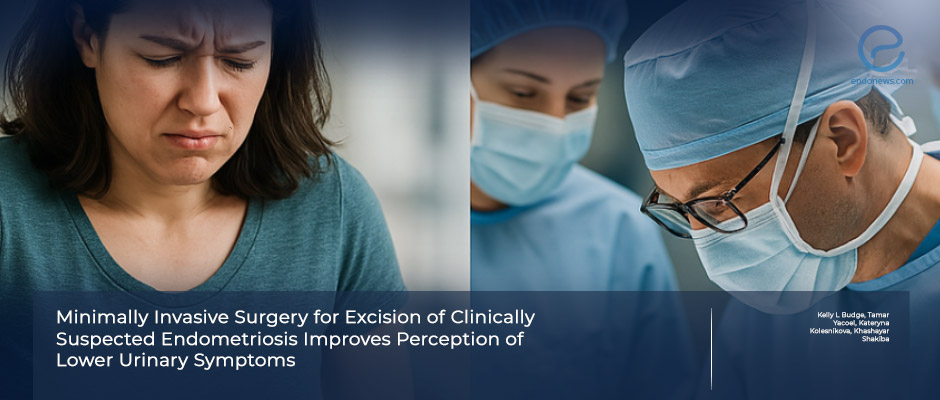Search :
The Endometrium Speaks: Inflammatory Clues to Peritoneal Endometriosis
A prospective study conducted in Krakow, Poland, and recently published in BMC Women’s Health, explored the potential link between pelvic peritoneal endometriosis and chronic endometritis—a persistent inflammation of the uterine lining that may affect fertility. As endometriosis is a chronic,…
Key Points Lay SummaryFrom Probe to Procedure: UBESS Enhances Preoperative Planning
A new ultrasound-based system called UBESS (Ultrasound-Based Endometriosis Staging System) is designed to help surgeons estimate how complex endometriosis surgery might be before it happens. This system is used during a routine transvaginal ultrasound and classifies patients into three stages…
Key Points Lay SummaryCould sexual activity during menses be a risk factor in endometriosis?
Italian researchers recently published a literature review in Women’s Health exploring the potential role of endometriosis and menstrual sexual activity. The retrograde menstruation theory, first proposed in the early 20th century, remains a popular hypothesis suggesting that menstrual debris contribute to the…
Key Points Lay SummaryDiaphragma central tendon and catamenial pneumothorax
Endometriosis typically involves ectopic endometrial tissue in pelvic organs, such as the bladder, ovaries, and uterine ligaments, leading to symptoms like dysmenorrhea, dyspareunia, and dyschezia. A rare form occurs in the diaphragm, causing catamenial pneumothorax. Management often includes hormone therapy…
Key Points Lay SummaryMapping the Cellular Landscape of Endometriosis and Progesterone Resistance
A new study published in he peer-reviewed scientific journal Clinical and Translational Medicine offers a single-cell transcriptomic atlas of peritoneal endometriosis, deep-infiltrating endometriosis (DIE), and ovarian endometriosis, shedding light on the cellular heterogeneity and potential mechanisms driving progesterone resistance across subtypes. Researchers from the Department of Obstetrics and…
Key Points Lay SummaryGenetic Insights into Brain Networks and Their Impact on Endometriosis Risk
While the exact origins of endometriosis are still not fully understood, emerging evidence points to the central nervous system (CNS) as a significant factor in the development and persistence of the condition. The CNS is responsible for processing pain signals,…
Key Points Lay SummaryThe Role of Surgeon Specialty in Colorectal Resection Outcomes for Women with Endometriosis
When endometriosis invade the tissues, including the bowel wall by more than 5 mm, it is termed deep infiltrating endometriosis. Patients with bowel involvement typically experience symptoms such as constipation, diarrhea, tenesmus, and rectal bleeding. Surgical intervention is often the…
Key Points Lay SummaryCellular Interactions Driving Peritoneal Endometriosis
A recent study led by Dr.Fazlaebas from the USA, published in the January 2025 issue of iScience, einvestigated the genes and cellular pathways involved in the development of peritoneal endometriosis. Using spatial transcriptomics, the study identified cell type-specific gene expression changes and…
Key Points Lay SummaryStudy Sheds Light the Occurrence and Management of Cervical Endometriosis
Most women who had a hysterectomy to treat abnormal uterine bleeding had cervical endometriosis, according to a new study published in the International Journal of Gynecology & Obstetrics. Cervical endometriosis was the main diagnosis in women who had bleeding following sex or in between…
Key Points Lay SummaryUrinary Symptom Relief Following Excision of Suspected Endometriosis
Lower urinary tract symptoms such as frequent urination, urgency, and waking up at night to urinate, are often overlooked or dismissed in patients with endometriosis. A new study published in the Journal of Minimally Invasive Gynecology highlights that these symptoms may…
Key Points Lay Summary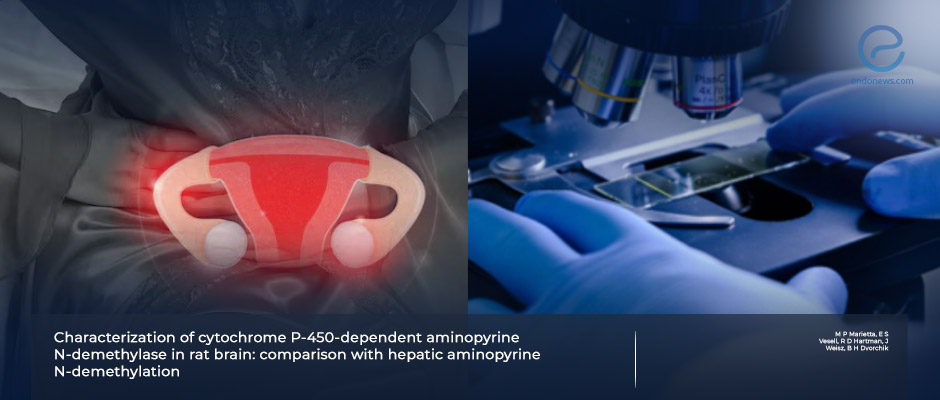
 By Nasuhi Engin Aydin
By Nasuhi Engin Aydin

 By Selma Oransay
By Selma Oransay
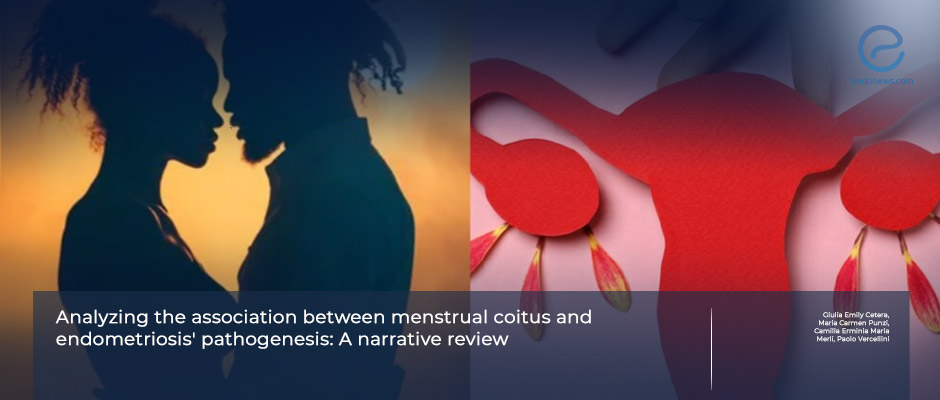
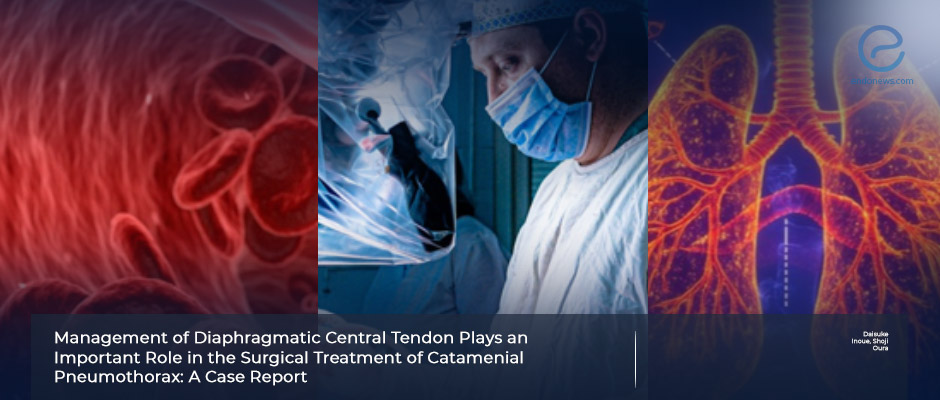
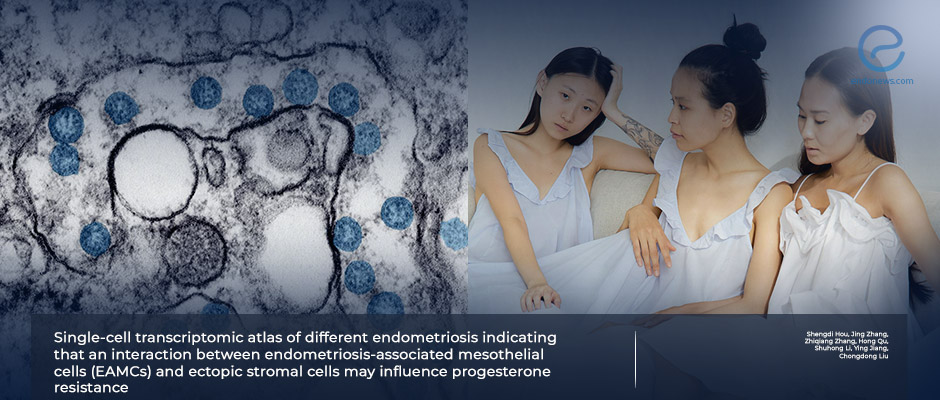
 By Özge Özkaya
By Özge Özkaya
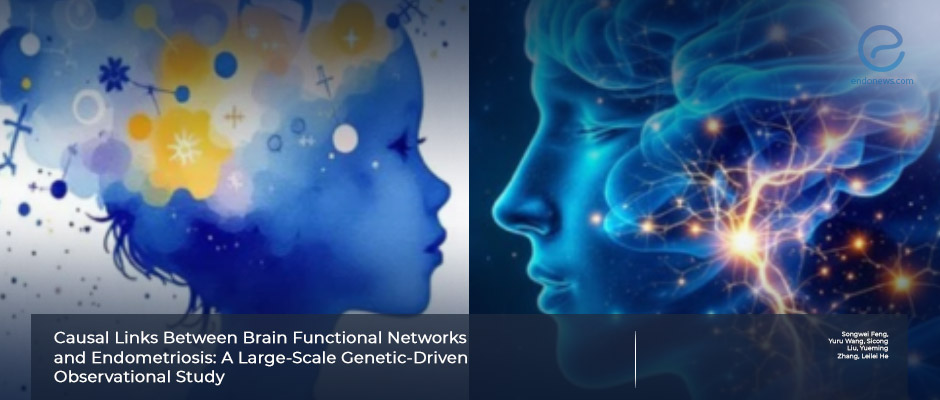
 By Eylül GÜN
By Eylül GÜN

 By Hale Goksever Celik
By Hale Goksever Celik
